What to do in Madagascar: 20 must-sees and must-dos
Pierre
16 Sep 2023
Wondering what to do in Madagascar in two weeks, 10 days or 3 weeks?
We’ve put together this guide for you, to ensure you have an unforgettable trip.
This island in the Indian Ocean stretches almost 1,600 km from north to south. Its rich biodiversity, tropical forests and amber beaches are a treasure trove for travelers.
Imagine the sunsets tinting the vast expanses of baobab trees with warm colors.
Madagascar is waiting for you to reveal its secrets…
Your online travel health insurance
Start your quotation now and obtain your medical insurance certificate, which insures medical expenses according to the country’s needs.
Before you head off to the various places we’ll be mentioning in this article, you can find links below to local agencies that will enable you to travel within the country:
At the heart of the red island, Antananarivo, often referred to as Tana, is Madagascar’s vibrant capital.
Overlooking a series of hills, the town is packed with colorful houses, rice terraces and historic churches. The bustling streets are overflowing with local markets, where spices, textiles and handicrafts are a real eye-catcher.
As you wander through the alleyways, activities revolve around meetings, family meals and haggling.
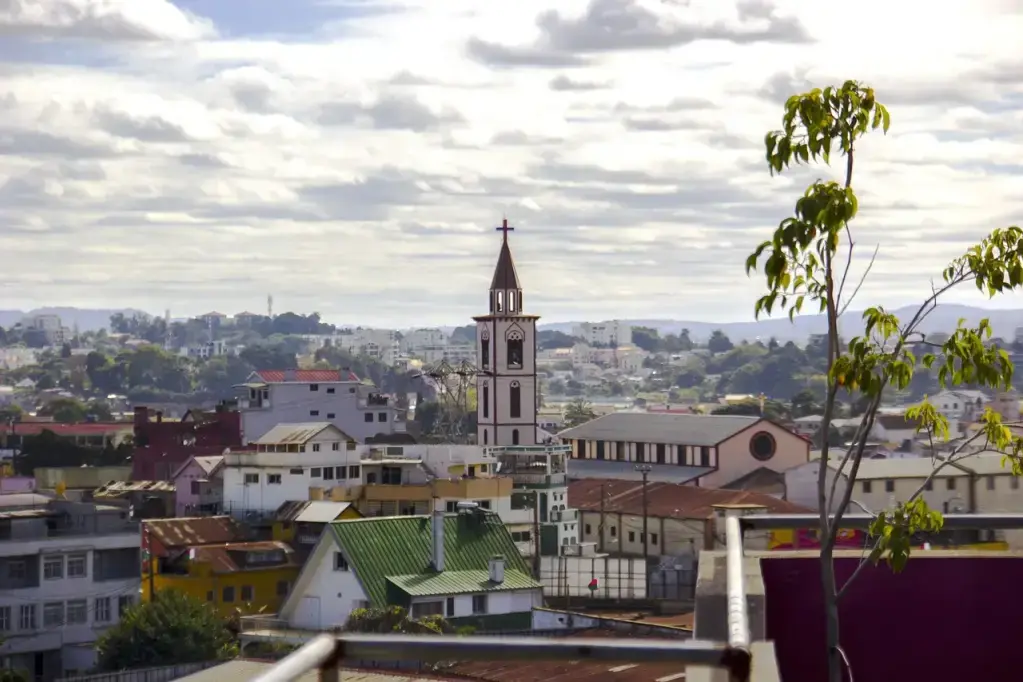
Located near Morondava, in the west of the island, this majestic avenue is surrounded by arid savannah.
In fact, this natural corridor is dotted with giant baobabs, some over 800 years old.
Photographers and walkers flock to immortalize these silent sentinels.
When you’re there, the atmosphere is unreal, especially during the blazing sunsets.
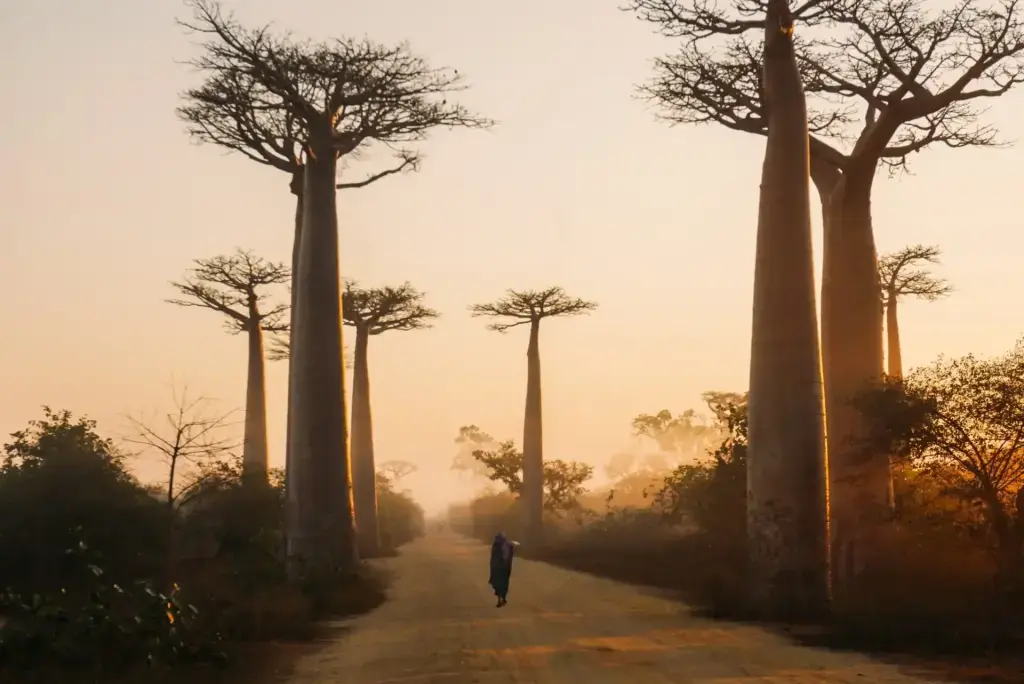
In the southeast of the Grande Île, shrouded in a misty mantle, lies this jewel of biodiversity.
Near the town of Fianarantsoa, the dense rainforest stretches for miles.
Then there’s the rich flora and fauna, with the golden lemur as the star attraction. Trails wind through the vegetation, inviting visitors to explore and relax at the spa.

Located in the northwest of Madagascar, this island paradise is surrounded by the turquoise waters of the Indian Ocean.
Near the coast, moreover, other small islands such as Nosy Komba and Nosy Tanikely are open to explorers.
Sandy beaches, colorful seabeds and ylang-ylang plantations attract thousands of travelers every year.
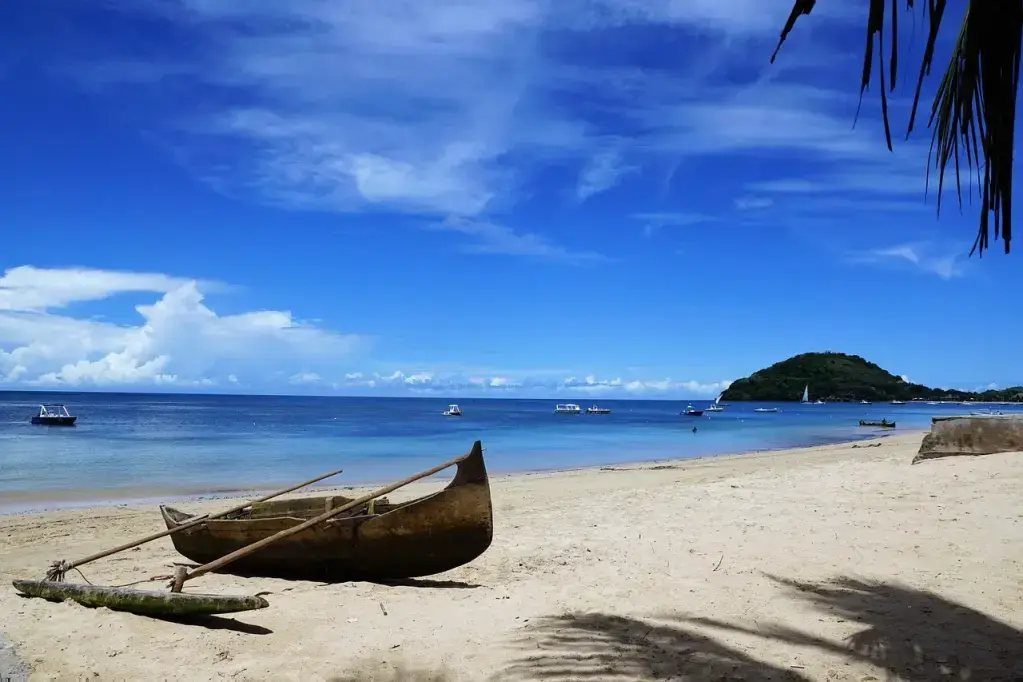
Located to the east of the island of Madagascar, Île Sainte-Marie is a true jewel of the Indian Ocean.
Meanwhile, the proximity of fishing villages offers an immersion in local culture.
White sandy beaches, crystal-clear lagoons and tropical forests are just some of the wonders to be discovered.
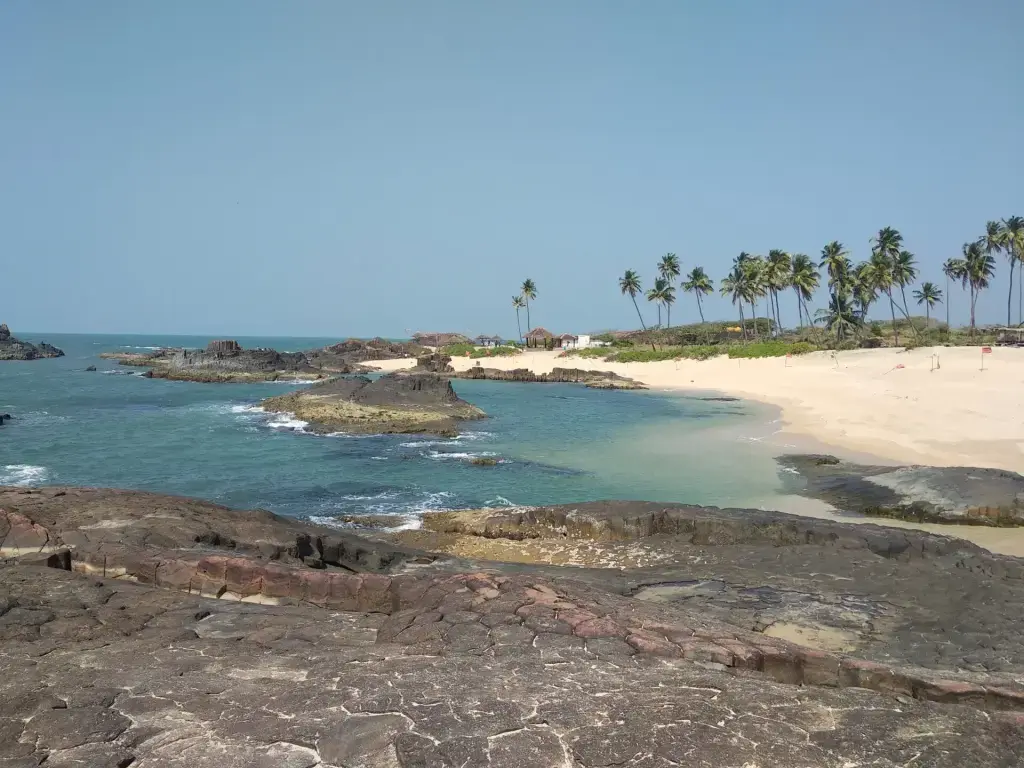
Nestled in the south of Madagascar, Isalo National Park is famous for its rock formations sculpted by erosion.
In fact, these natural “windows” offer breathtaking panoramas of vast canyons and hidden oases.
Hikes reveal endemic flora and fauna, as well as natural pools to cool off in.
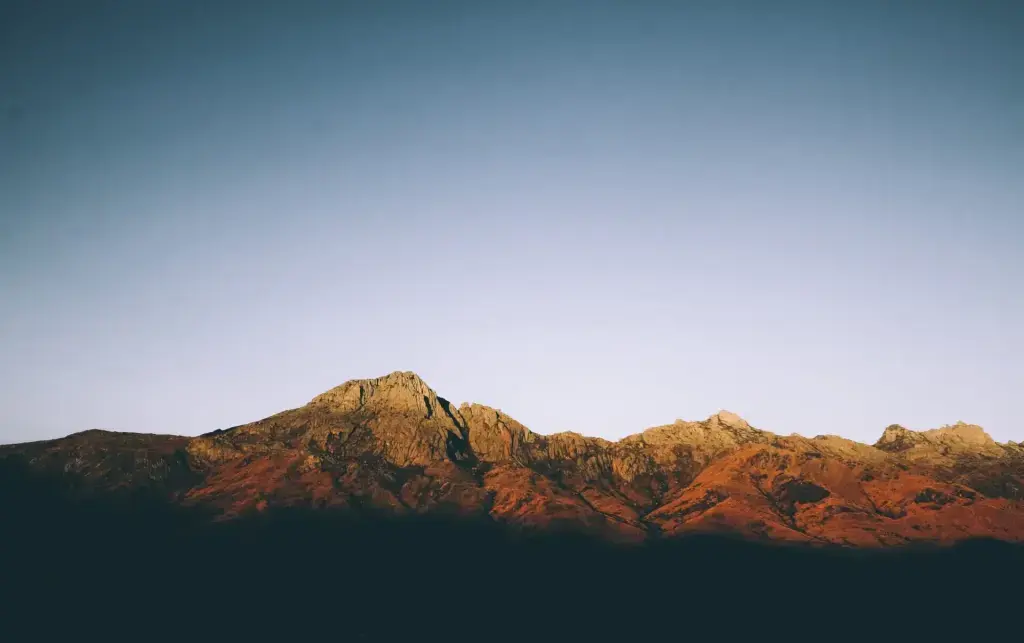
Perched in the west of Madagascar, the Tsingy de Bemaraha are a geological spectacle unique in the world.
These sharp limestone peaks, formed millions of years ago, dominate the landscape like needles of stone.
In these rocky labyrinths, there are hanging forests and fascinating caves to explore.
Adventurers can practice via ferrata for guaranteed thrills.
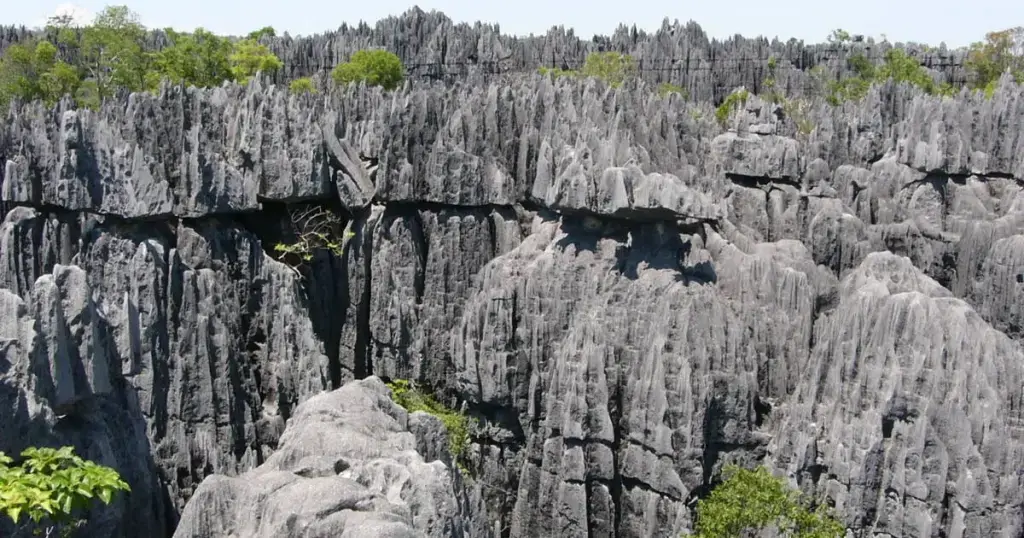
ituated in the north-east of Madagascar, Masoala National Park encompasses a dense tropical rainforest, stretching right up to magnificent beaches bordered by the turquoise sea.
This reserve is home to exceptional wildlife, including playful lemurs and splendid multicolored chameleons.
Hiking, wildlife watching and snorkeling are just some of the activities you won’t want to miss.
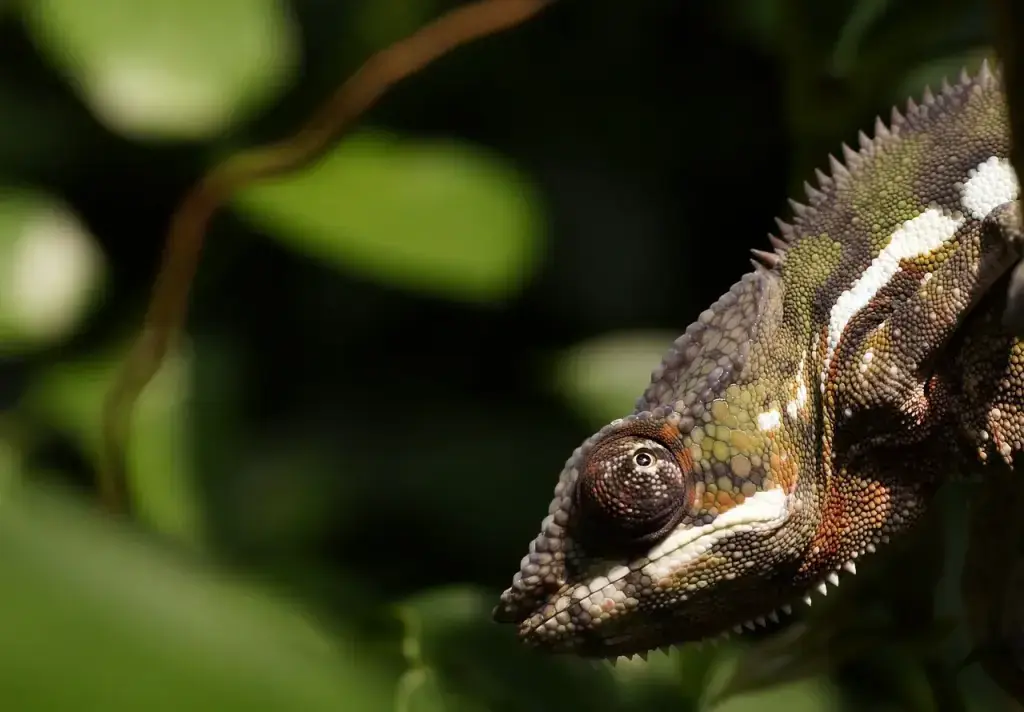
In northern Madagascar, the Ankarana Special Reserve unveils its majestic tsingy, limestone rock formations in the shape of sharp peaks.
This singular place is also home to underground caves and hidden rivers.
Nature lovers will find lemurs and bats roaming freely.
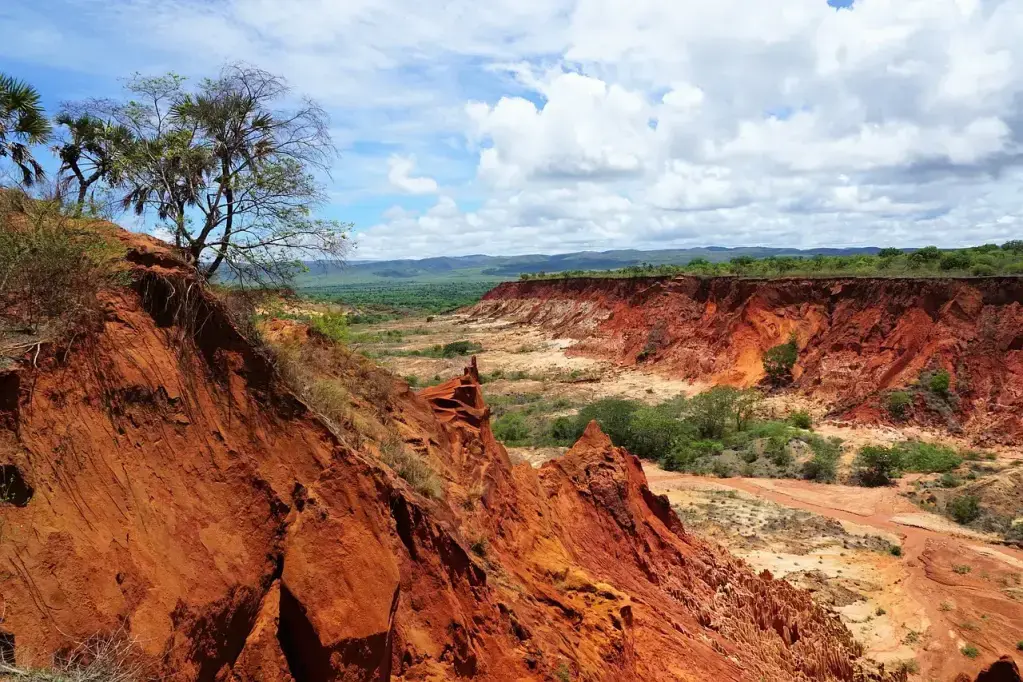
In eastern Madagascar, not far from the capital Antananarivo, Andasibe-Mantadia National Park stands like a jewel of greenery and biodiversity.
Here, the melodious song of the Indri-Indri lemur, the largest lemur on the island, echoes among tree ferns and orchids.
The trails wind through the rainforest, offering a plunge into an ecosystem rich in endemic species.
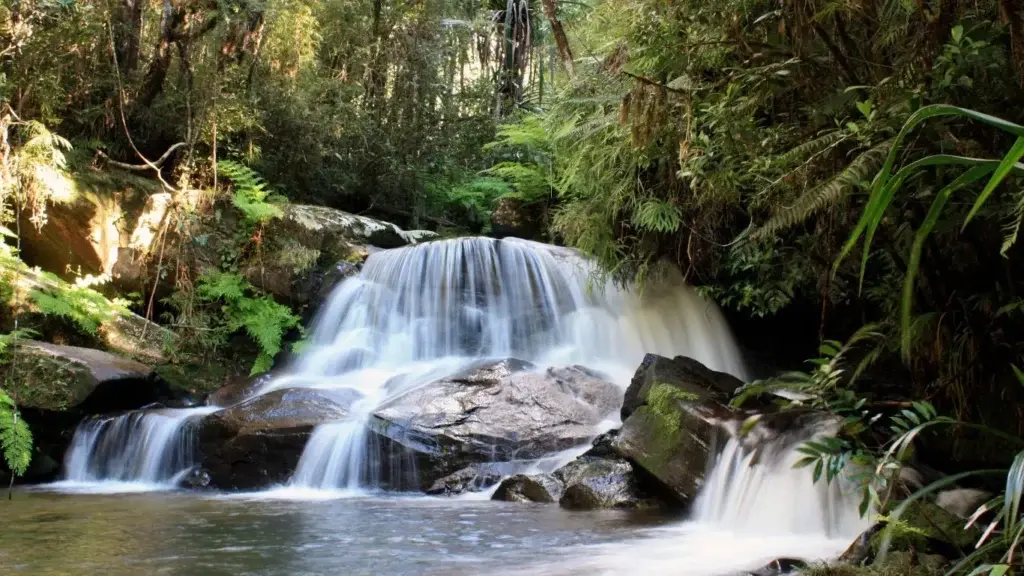
This hidden treasure lies close to the Tsingy de Namoroka National Park.
The labyrinth is a natural maze, formed by the erosions of time, creating impressive canyons, caves and tunnels.
The area is an invitation to adventure, offering exhilarating hikes and the discovery of unique geological formations. This labyrinth, while challenging for navigators, is also a precious habitat for many endemic species?
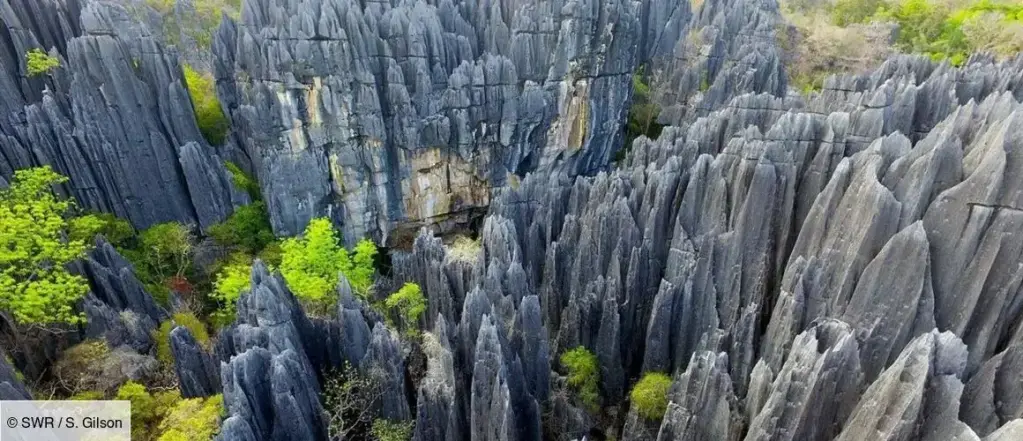
Located in the north-west of Madagascar, not far from Nosy Be, the Mitsio Islands form a paradise-like archipelago.
They offer fine sandy beaches bordered by crystal-clear waters, ideal for scuba diving.
Here, visitors can explore exceptional seabeds, populated by colorful coral and exotic fish.
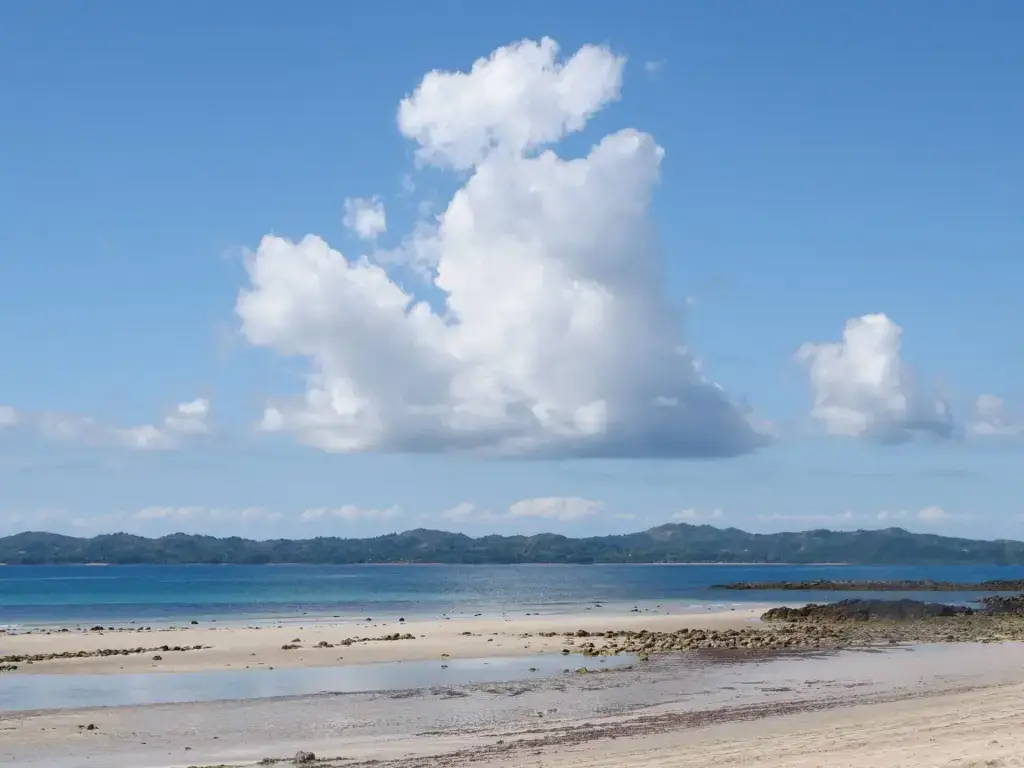
Perched in the south-east of Madagascar, Fort Dauphin, also known as Taolagnaro, is surrounded by mountains and superb beaches.
The Saint-Louis peak, the port and the palm-lined streets are its main attractions.
Activities abound, from surfing the waves at Libanona Beach to hiking in the nearby national parks.
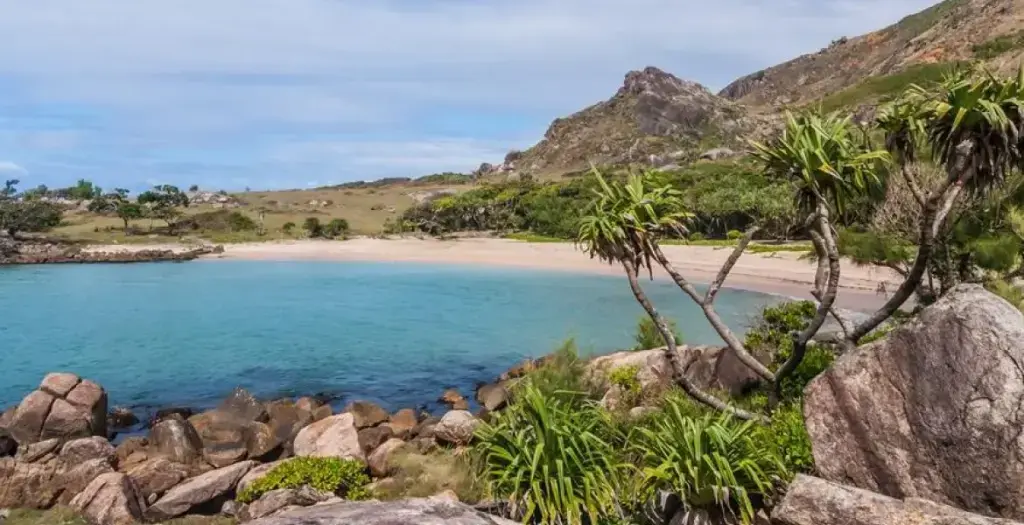
Located in the north-east of Madagascar, Zahamena National Park is a biodiversity sanctuary surrounded by dense tropical forests.
Lemurs, endemic birds and countless plant species are the stars of the show.
Hiking the winding trails offers an immersive experience in this natural paradise.
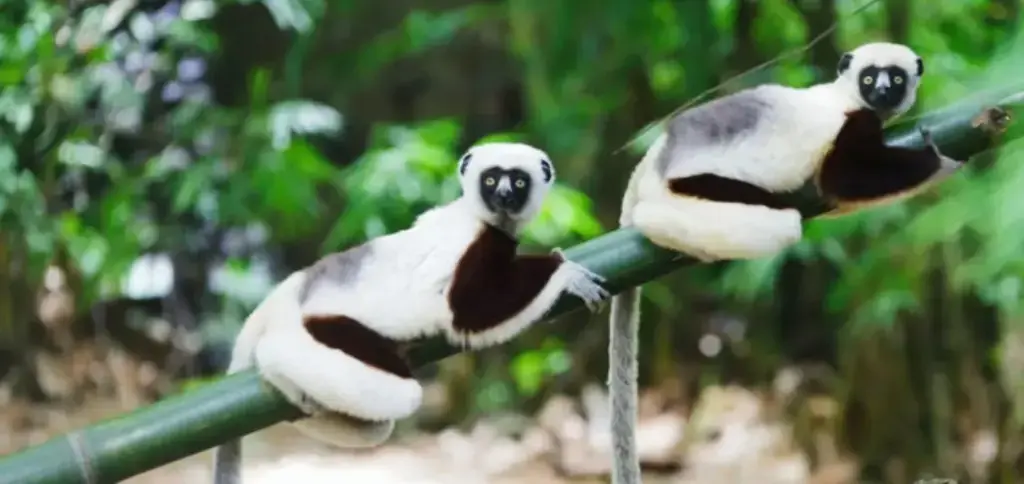
A few kilometers northeast of Antananarivo, the sacred hill of Ambohimanga majestically overlooks the surrounding area.
This fortified hill and its royal palaces are the symbol of the Malagasy people and their cultural identity.
To visit this site is to immerse yourself in the history of Malagasy royalty, and to venture through ancient cobbled paths and sacred portals.
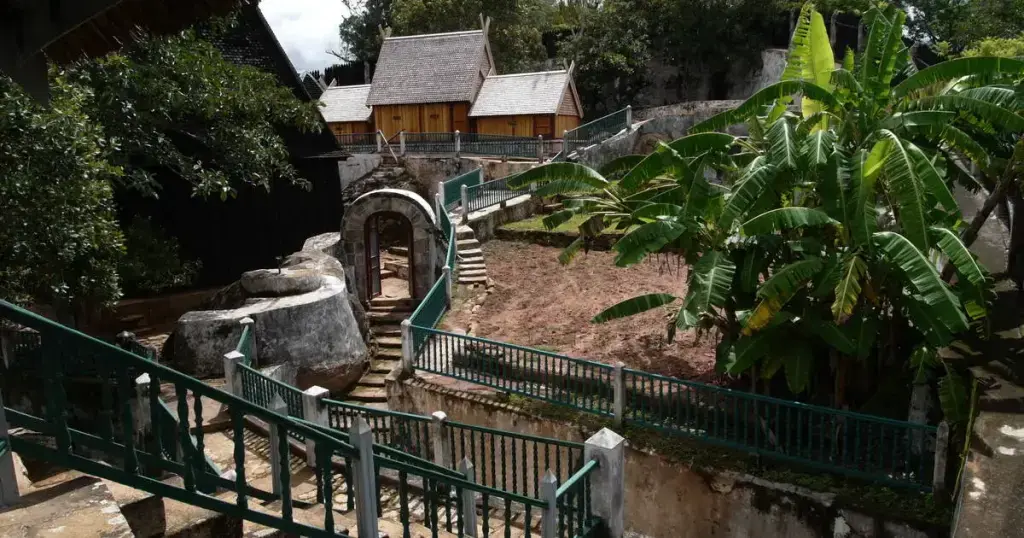
On the edge of Madagascar’s main island, Ramena Beach stretches out majestically.
It is located not far from the town of Diego Suarez (or Antsiranana) in the north of the country.
Coconut palms, turquoise waters and fine sands are its undisputed stars.
On this beach, relaxation reigns while water sports enthusiasts enjoy the waves and the wind.
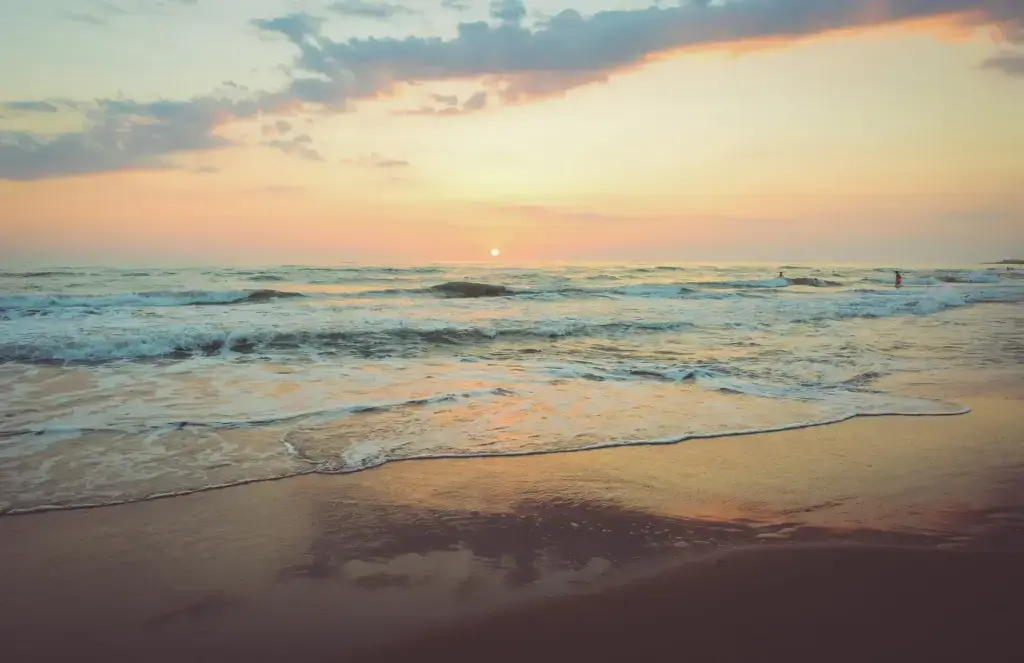
In the north of Madagascar, near the town of Diego Suarez, Montagne d’Ambre stands like a green jewel in the middle of dry plains.
Waterfalls, lakes and a rich rainforest make up this landscape.
Hikers venture here to discover its endemic flora and fauna, as well as its breathtaking vistas.
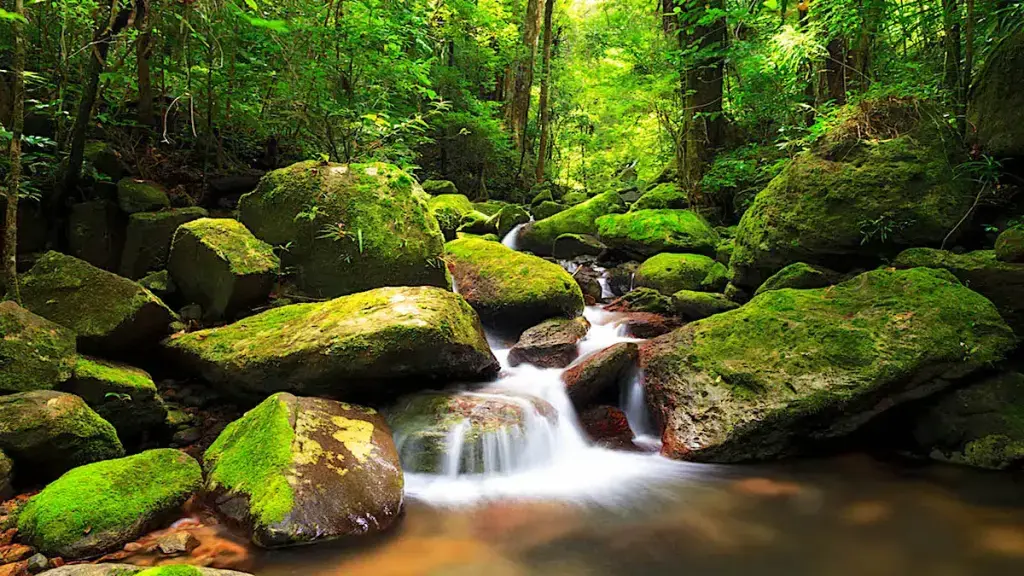
Located in south-east Madagascar, the Andohahela Reserve extends over a varied terrain, from rainforests to semi-deserts.
It’s home to three distinct ecosystems, making for a unique and diverse visit.
Tourists come to admire the endemic lemurs, chameleons and baobabs, and venture out on the hiking trails.
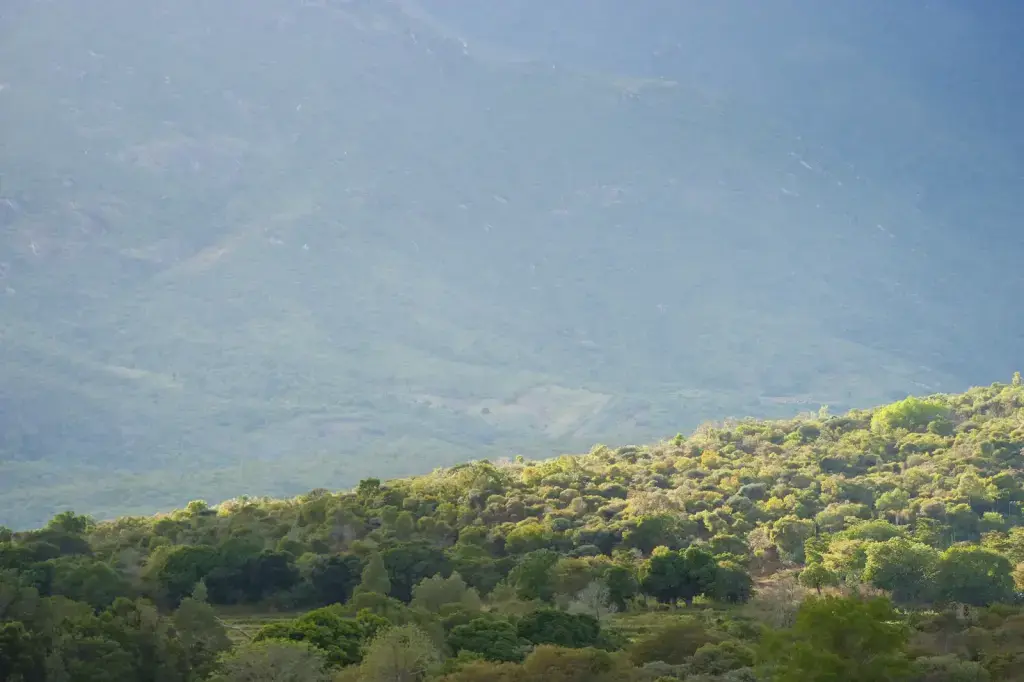
In northeast Madagascar, Marojejy National Park is a symphony of biodiversity.
Firstly, its mountainous terrain, with peaks reaching to the heavens, is a breathtaking landscape.
Secondly, its dense forests are home to species such as silky lemurs and many rare birds.
Hikers are well catered for, exploring trails that take them through incredible flora and fauna.
Did you know that Marojejy is one of the few places where the silky lemur can still be seen in the wild?
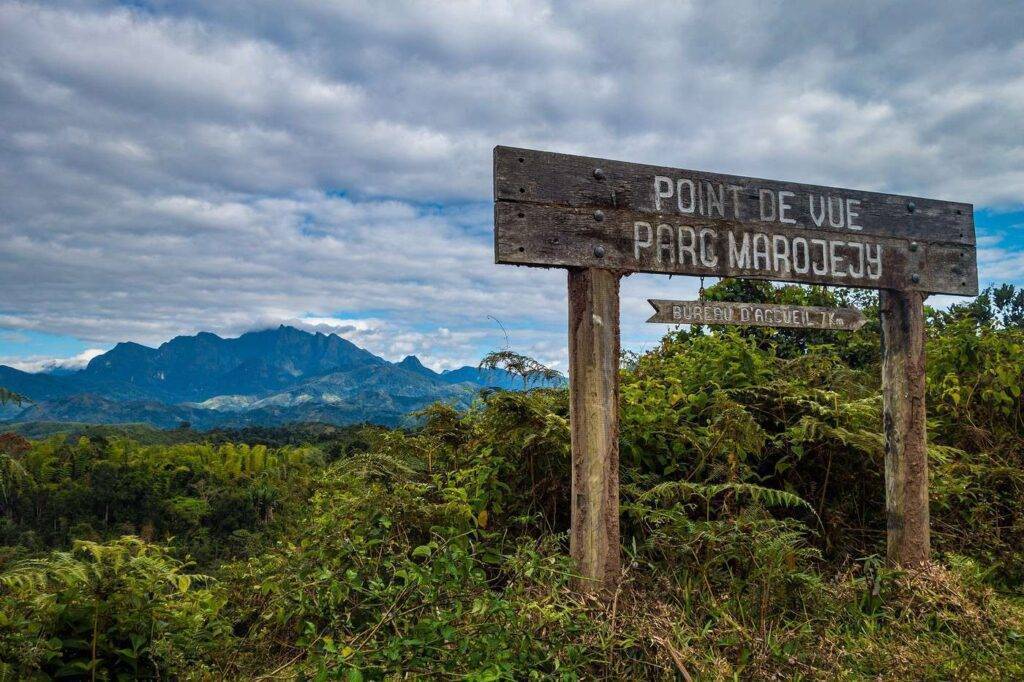
Nestled in Madagascar’s southern Highlands, Fianarantsoa is often surrounded by rolling hills and rice paddies.
Firstly, its old colonial quarter, with its narrow streets, is a testimony to its rich past.
It is famous for its churches and schools, offering a spiritual atmosphere.
Fianarantsoa is often referred to as Madagascar’s “cultural capital”, due to its importance in terms of education and religion.
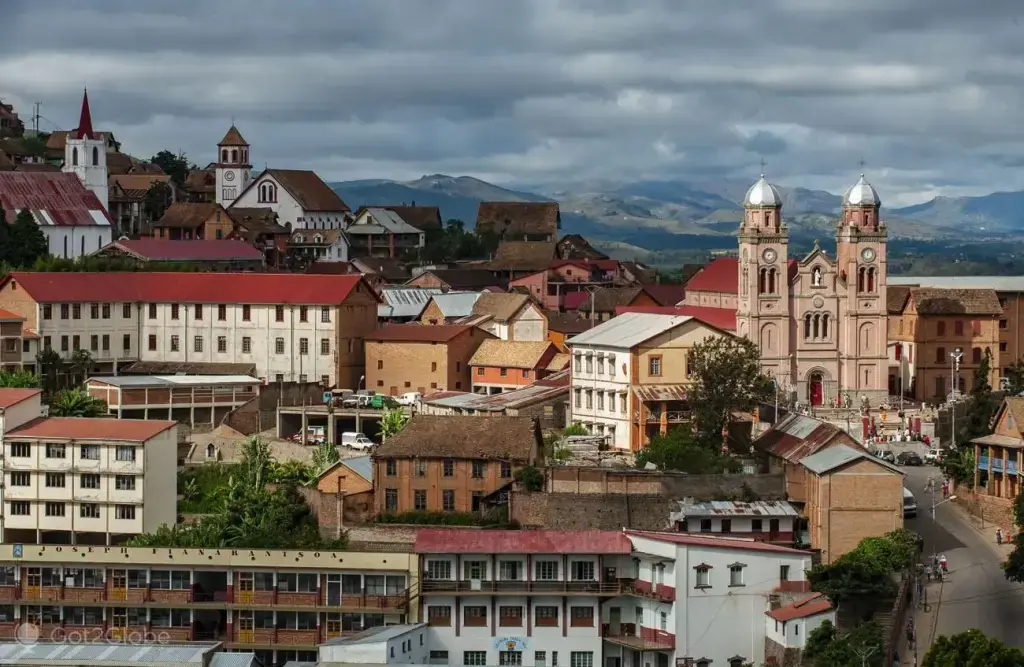
Do you have any questions?
Our teams are here to advise you!

4,3/5 on Trustpilot

Certified partners

Human & committed service

Customized offer

Optimal coverage